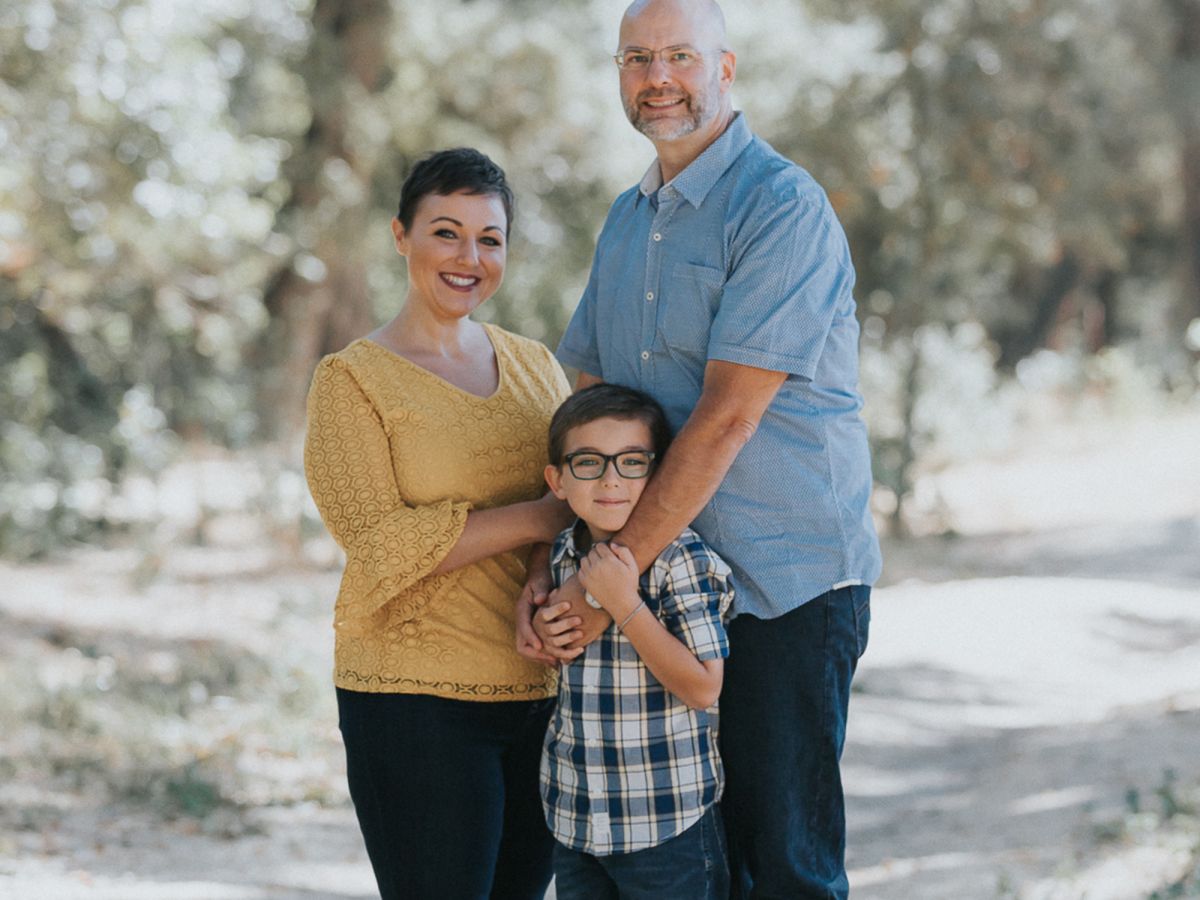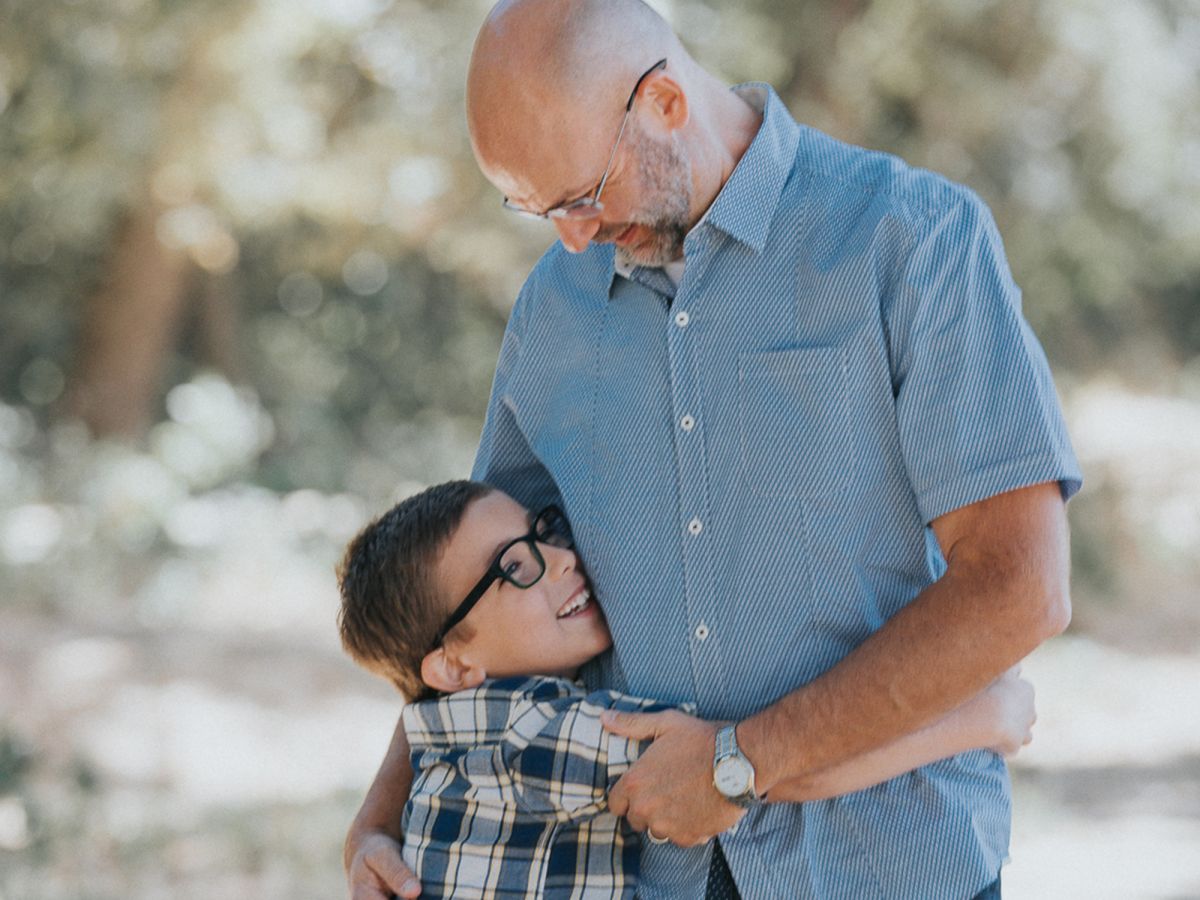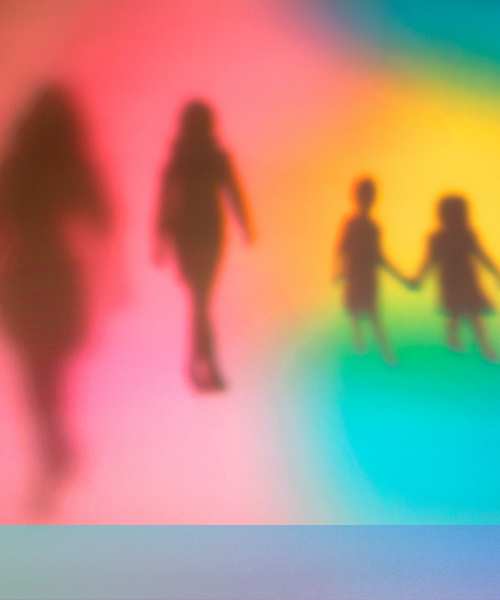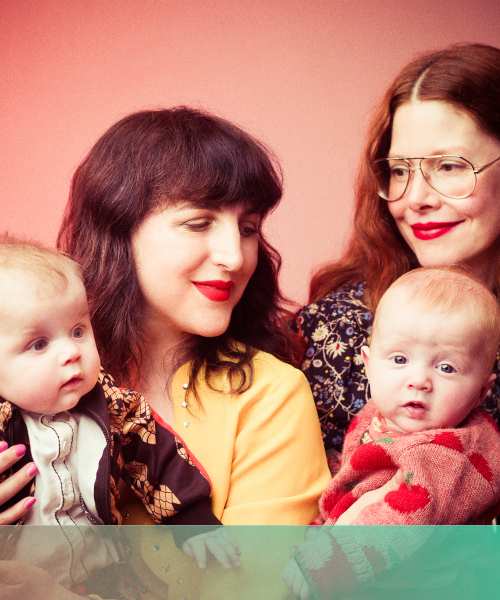
In 2010, Paul Flynn, 47, learned that he couldn’t have a biological child because he couldn’t produce sperm. He’s not alone. Although fertility is often branded a “woman’s issue,” male infertility accounts for one-third of all fertility issues. For Father’s Day, Flynn is sharing the bumps on his road to parenthood. This is what it’s like to be man with azoospermia.
My wife Cindy and I were married for two years before we decided we wanted to start a family. This was back in 2004, and we figured: This’ll be easy. We’re going to have fun, and have a baby. No big deal. But it was a big deal. After one year of trying, Cindy told her OB/GYN that we'd been trying unsuccessfully. He sent her home. “Keep trying and come back in six months if it doesn’t work,” he said. So home, she went. Later, she saw another doctor who told her that [earlier doctor’s advice] was hogwash. She ordered all the tests the OB/GYN should have run. They said I’d have to go in for a semen analysis.
At that time, I was pretty oblivious. I thought: Okay, I’ll take a test, but it’s never the man. Or that was the perception I had. According to the social norms I was taught growing up, there was this caveman thing, where men were supposed to be baby producers — hunt, food, babies, that’s what you do as a man. I’m not trying to be funny here, that’s what I thought… So it was interesting to hear I, the man, needed to get tested. I wasn’t upset or angry or bewildered. But you could say I was surprised.
At the test, they ended up telling me to go into a stall in a public restroom to give the sample. I would have rather not done it that way, and I thought the system should have been set up better for men. They sent the sample to a standard lab, and it came back too low to count. We thought: That’s not zero, so we have hope. They referred me to a urologist that specializes in fertility. I didn’t want to go… So, I didn’t go. I let the referral expire… I was just done.
We thought about plan B: Should we adopt or use a sperm donor? And plan C: Should we just not have a child? It led to frustration. There was suddenly a rockiness in our relationship — a “where do we go from here?” We went to weekly counseling sessions, which weren’t particularly enjoyable. I blocked out a lot of it. My wife remembers me feeling like it was my fault. She says I thought we should divorce, so she could go on and have a child with someone else. I look at her like she’s crazy when she says that. I don’t remember thinking of divorce. I don’t remember a lot of things.
After a year of counseling, we finally went back to the urologist. They ordered another semen analysis and sent it to a specialized lab. This clinic was nicer, with a private room to provide the sample. Our diagnosis was azoospermia due to Sertoli cell-only syndrome (which means the testicles fail to produce living sperm cells). We went a step further and did a testicular biopsy to see if there were any living sperm at all that could be used for IVF. Later, we learned there was still nothing viable. They told us we would not have biological children.
We still wanted to have a family, and we decided to use a sperm donor. We knew that if Cindy carried the baby, I would be a part of the whole process. After the insemination, we’d be normal. There’s a sense of abnormality and being “other” with infertility, so the idea of being like everybody else became a big deal. We found a donor, did four rounds of IUI (intrauterine insemination, which is less invasive) and one round of IVF (in-vitro fertilization). In 2010, we were finally successful. We ended up spending just shy of $50,000 to grow our family, most of which wasn’t covered by insurance.
I set up some internal mechanisms to deal with my own feelings and fears when it came to sperm donation. I wanted to control things. At the time, I felt that I needed the child to look as much like me as possible. I didn’t want to field questions like: “You’re the dad?” I wanted to make it look like everything was just normal, like we did it the old-fashioned way. I also didn’t want anyone to know we used a donor, including my now-seven-year-old son.
I’ve evolved from that place. We didn’t want our son to grow up feeling ashamed of his conception. I also started talking with a coworker about it who was going through the same thing. It helped me understand that there are people out there who understand. There are allies. I got to the point where I didn’t feel like I had to guard anything anymore.

Photo: Courtesy of MINNA GOECKER.
There’s another aspect. When our son was almost four, Cindy did some research. We learned through the sperm bank we used that our son Max has siblings. A lot of them. We now know 12 families and 18 children from those families who are Max’s siblings. They’re all the same age, and they’re almost all boys. We’ve vacationed with these families, and are planning a reunion with them in 2020. We want these sibling relationships to be open to him. Max isn’t shy, and he’ll say to his teachers, “By the way, I’ve got 17 brothers and a sister.” The teacher will look at me and smile, and I’ll fill her in. I’ll say he’s telling the truth, and show them pictures of us with his siblings. Knowing that Max is going to be our only child, for him to have siblings, that’s golden for him. And I don’t mind telling people about it.
On my desk at work, I have pictures of our family. People will see them and say: “He looks like your wife.” I’ll say, “By the way, he’s got siblings and he’s donor-conceived.” This is my story, and this is Max and I’m proud of him. I’m grateful I have him every day, and when I drop him off at school in the morning at 8:15, I genuinely miss him… But it’s Father’s Day every day, because each night I get to go home and be with Max.
This interview has been condensed for length.
DESIGN AND ART DIRECTION ANDREINA CARRILLO. ANIMATION BY MISHA TOWNSEND.
MORE FROM FERTILITY SPECTRUM STORIES
The Fertility Spectrum: A New Way To Talk About & Understand Your Reproductive Health
11 Very Different Stories On Having Children (Or Not)
I’m Freezing My Eggs Because I Want The Same Freedom That Men Have
Click HERE to read more.
You can publish this article on your website as long as you provide a link back to this page.






Be the first to comment